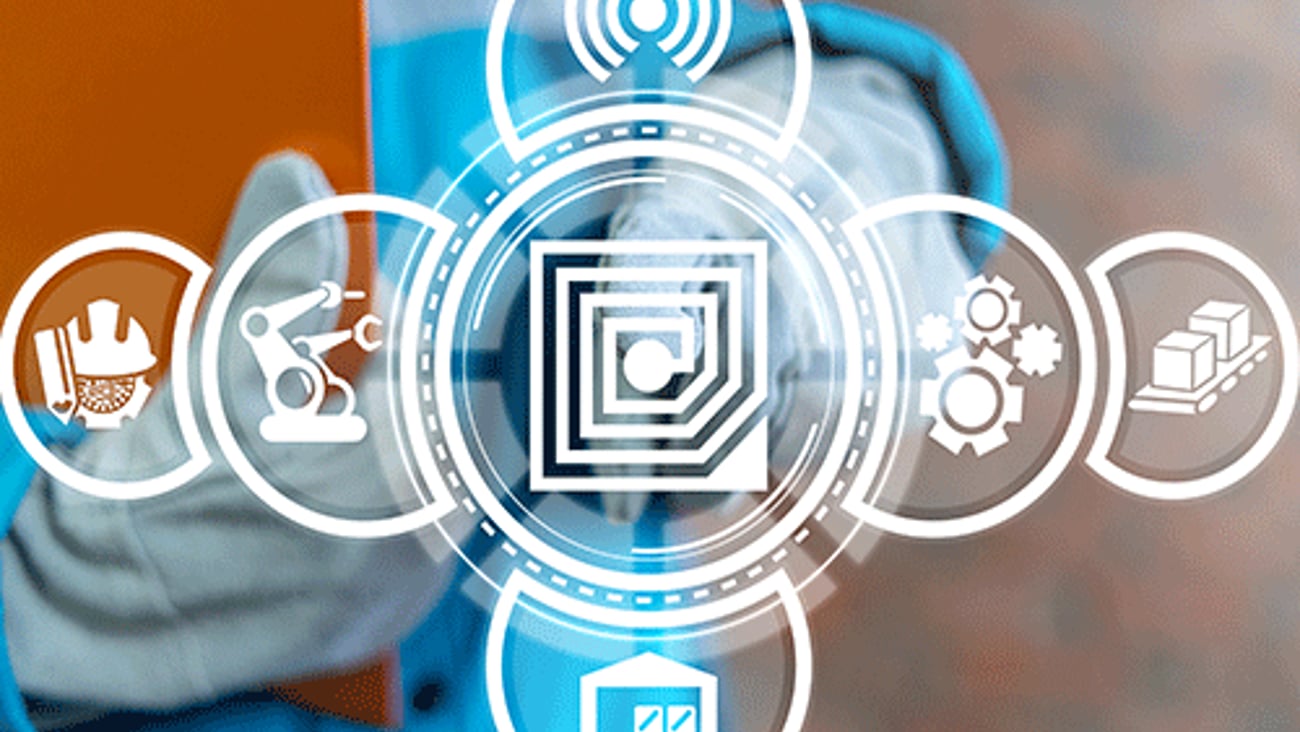Oldies but goodies – Don’t overlook these legacy solutions
The more things change, the more retailers can find comfort in proven technologies.
Retailers are often lambasted for being technology laggards. While the industry as a whole could and should do a better job of adopting leading-edge solutions, the fact remains that in many cases, existing legacy applications can still provide tremendous value.
Core retail processes, such as merchandising, checkout, and inventory, can still be effectively managed with established, tried and true technology. Here are three tried-and-true legacy solutions that may still have an important place in your enterprise.
EDI
EDI enables retailers and their supply chain partners to automatically share data, such as invoices and purchase orders, using a standardized format and transfer protocol. Advantages provided by EDI include significantly reducing the time, error and expense connected with manually creating, exchanging and processing supply chain documents.
Although EDI has existed since the 1960s, it still serves as a viable platform for supply chain collaboration. In one recent example, Salt Lake City-based RC Willey Home Furnishings is leveraging the TrueCommerce-ecUtopia EDI solution to exchange EDI 850 purchase orders (POs) and EDI 855 PO acknowledgments with vendors. This helps the retailer eliminate order entry bottlenecks and keep up with product demand, even in the face of COVID-19-driven surges.
Kiosks
When retailers began entering the e-commerce space in the mid-1990s, kiosks served as a critical tool for delivering digital content and capabilities to in-store customers. In the pre-smartphone era, kiosks served as the primary tool for what came to be known as omnichannel commerce.
Today, the average customer carries an omnichannel device much more powerful than a “Seinfeld”-era kiosk in their pocket. Nevertheless, kiosks still remain widely in use – often for specialized purposes or to provide retailers more control over processes such as checkout. Recent examples of pilots and rollouts include automated grocery pickup kiosks at Jewel Osco, Kodak Moments contactless photo printing kiosks at numerous grocers, Sally Beauty kiosks for virtual cosmetics try-on, and AI-based touchless checkout kiosks at Circle K.
RFID
RFID has been rattling around retail for roughly 20 years. After a lot of initial hype and some well-publicized pilots and mandates, RFID faded into the background while gaining a reputation as a technology searching for a widespread use case.
However, some real RFID traction is starting to occur among apparel/softlines retailers because so many vertical retailers in the space have adopted the technology. Apparel manufacturers with a strong direct-to-consumer component who control their own source-to-shelf supply chain have been able to achieve real ROI from RFID deployments. As a result, third-party apparel retailers are finding 50% or more of their inventory already equipped with RFID tags, making implementation of the technology much more cost-effective.
Decathlon, the world’s largest sporting goods retailer, has robots take constant inventory throughout its stores using RFID technology. The robots send that data back to the omnichannel fulfillment manager in the store, ensuring that inventory is accurate in the store, online, and in the warehouse. This enables Decathlon to have automatic replenishment data sent back to its stores to make sure that shelves are always fully stocked with inventory.







